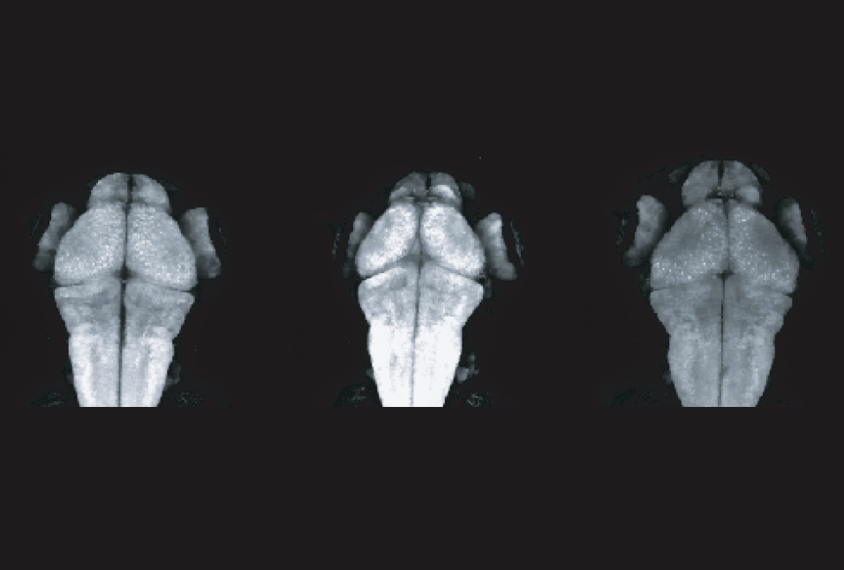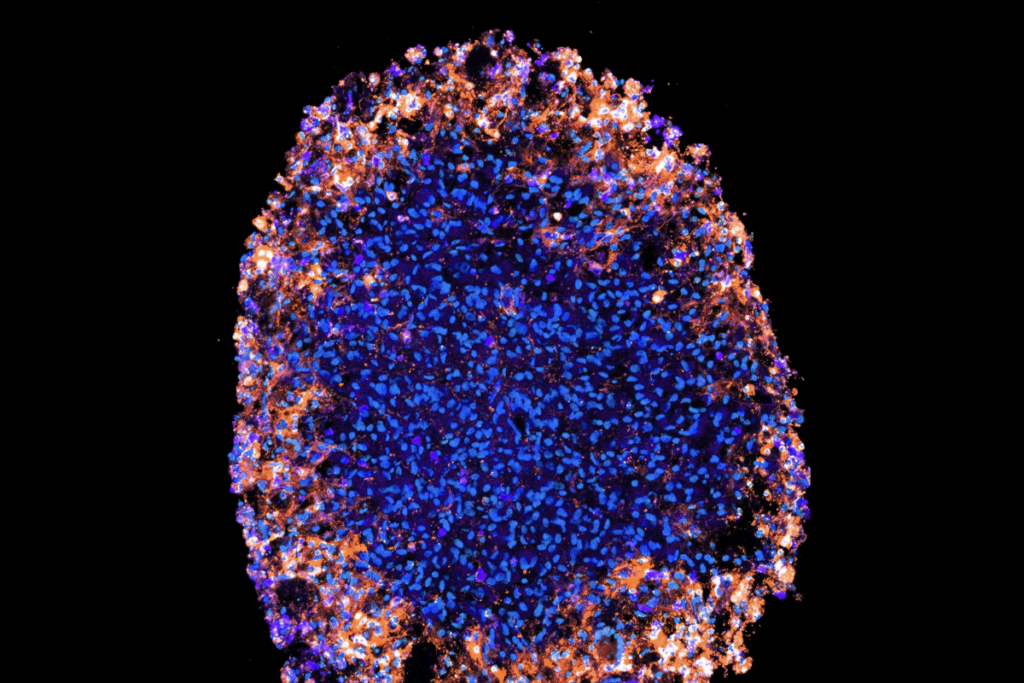Katharine Gammon is an award-winning independent science journalist based in Santa Monica, California. Her work has appeared in The New York Times, The Atlantic, WIRED, The Guardian, Undark, Popular Science, MIT Technology Review, Nature, Hakai and beyond.
Katharine Gammon
From this contributor
Spotted around the web: Mapping histones; COVID-19 births; acetaminophen lawsuits
Here is a roundup of news and research for the week of 31 October.
Spotted around the web: Mapping histones; COVID-19 births; acetaminophen lawsuits
A mix of common and rare variants shapes autism inheritance patterns
The study also reveals a link between language development and common variants.

A mix of common and rare variants shapes autism inheritance patterns
Zebrafish point to new gene involved in brain overgrowth, autism
The gene, YTHDF2, has not previously been linked to autism.

Zebrafish point to new gene involved in brain overgrowth, autism
Lags in genetic testing, variant reporting hinder autism research
Few autistic people undergo the recommended genetic testing for their condition, and test results often do not make their way into public databases, where researchers and clinicians can learn from them.

Lags in genetic testing, variant reporting hinder autism research
Explore more from The Transmitter
What is the future of organoid and assembloid regulation?
Four experts weigh in on how to establish ethical guardrails for research on the 3D neuron clusters as these models become ever more complex.

What is the future of organoid and assembloid regulation?
Four experts weigh in on how to establish ethical guardrails for research on the 3D neuron clusters as these models become ever more complex.
Insights on suicidality and autism; and more
Here is a roundup of autism-related news and research spotted around the web for the week of 8 December.

Insights on suicidality and autism; and more
Here is a roundup of autism-related news and research spotted around the web for the week of 8 December.
Exclusive: Springer Nature retracts, removes nearly 40 publications that trained neural networks on ‘bonkers’ dataset
The dataset contains images of children’s faces downloaded from websites about autism, which sparked concerns at Springer Nature about consent and reliability.

Exclusive: Springer Nature retracts, removes nearly 40 publications that trained neural networks on ‘bonkers’ dataset
The dataset contains images of children’s faces downloaded from websites about autism, which sparked concerns at Springer Nature about consent and reliability.